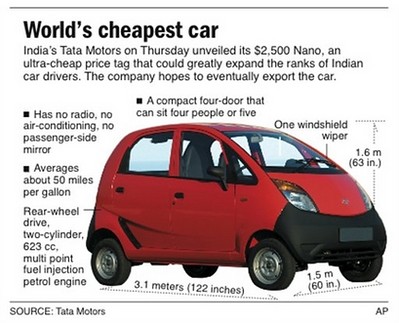Virgin America Becomes First US Airline to Report Its Greenhouse Gas Emissions
(Source: Virgin America & Tree Hugger)
California-based Virgin America (which is an entirely separate company than Virgin Atlantic, by the way…) has announced that it has become the first US airline to join The Climate Registry, committing to report all of its greenhouse gas emissions:
Young Fleet Helps Lower Emissions
Founded in 2007, Virgin Atlantic touts its fuel saving measures: It operates a very young fleet of aircraft (Airbus A320s) which on a fleet-wide basis means that Virgin America emits about 25% fewer emissions than other domestic carriers on the routes it flies. It also undertakes techniques such as single-engine taxiing, a limiting cruising speeds.
The Virgin America press release states that the airline’s move to voluntarily report emissions comes at a critical time as U.S. legislators and the U.S. Environmental Protection Agency (EPA) have recently solicited public input about mandatory GHG emissions reporting policies. In addition, Congressmen Waxman (D-CA) and Markey (D-MA) recently proposed legislation that would require EPA to create greenhouse gas emissions standards for aircraft and aircraft engines by the end of 2012.
“We are very pleased to welcome Virgin America as our first airline Member. The company is known for being a pioneer in delivering innovative service. Being a pioneer in environmental responsibility, though, makes a significant impact in addressing our very urgent issue of climate change. For taking such a visible leadership role among its peers and other businesses across the U.S., Virgin America should be recognized and serve as a model for other highly visible businesses,” said Diane Wittenberg, Executive Director of The Climate Registry.











